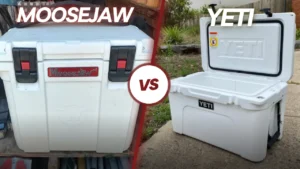Most people don't realize it but if you've ever seen a cooler cut in half or broken through the lid of a cooler you'll see that most cheap cooler lids are hollow. But why are cooler lids hollow?
Do hollow lids serve a purpose and is there a reason coolers don't have insulation in the lids?
Cooler lids are hollow as a way for companies to save money and make coolers cheaper. Insulation is put in the sides and base of the cooler where it is most needed but not in the lid. Expensive coolers like Yeti do have insulation in the lid and are able to hold ice longer.
So if you were wondering whether or not there was some special reason that empty lids hold ice longer the answer is…there isn't. A lid with insulation will stop more heat entering the cooler and thus your ice will last longer.
An air cavity is still technically an insulator and does work a little bit, but a hollow lid will not keep ice as long as a lid with insulation.
Does a Hollow Lid Keep Ice Longer Than An Insulated Lid?
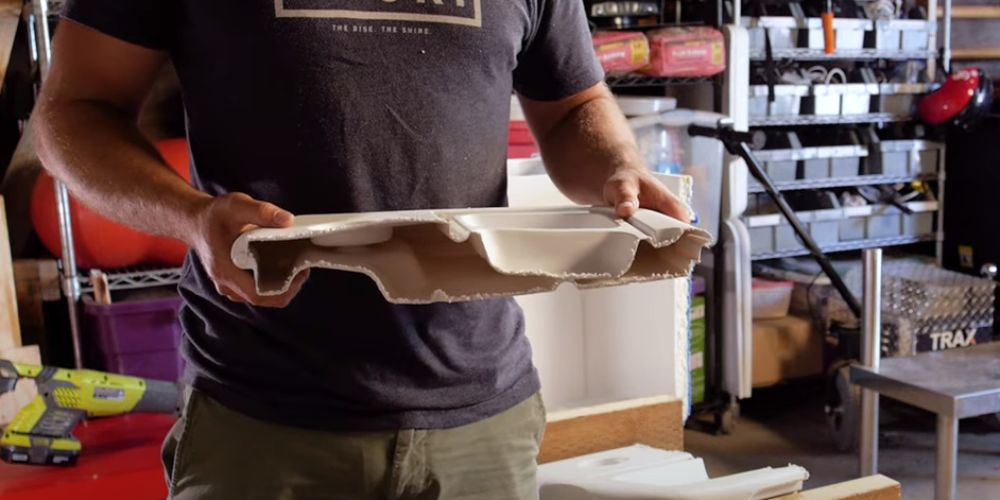
You might think, like I did, that maybe cooler lids are kept hollow as this is the best way to keep ice for longer. Maybe there is some counterintuitive science behind this decision.
It turns out there isn't:
A well insulated lid will keep out a lot more heat and allow a cooler to stay colder much longer than a cooler lid that is empty and just full of air.
See, air is a good insulator and heat struggles to move through air effectively because the molecules in air are so far apart.
Interestingly, the insulation in the walls of a cooler works so well because it's made up on millions of tiny pockets of air in what's called “closed cell insulation”.
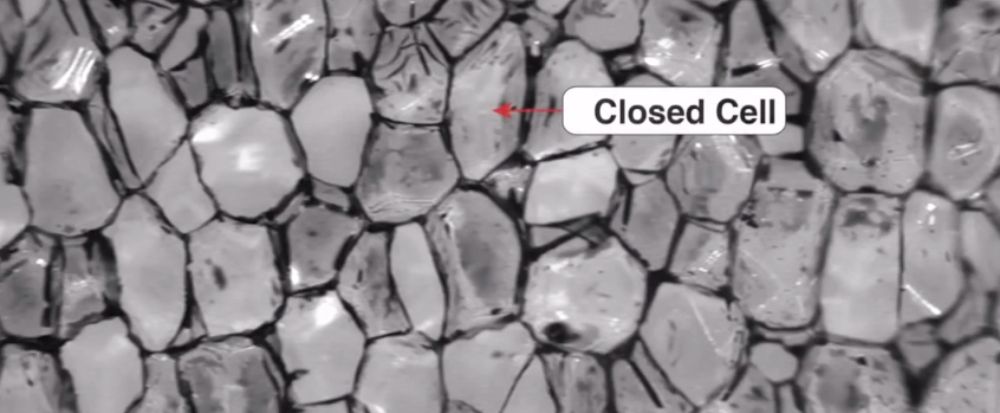
It's not the plastic or foam that insulates, but rather the tiny air bubbles. The material (like styrofoam) just acts to create the little air bubbles.
Because warm air can't “flow” from one cell to another heat can't easily flow through insulation and so your ice stays frozen longer.
An empty cooler lid contains air, which is a good insulator, however the air is in one single cavity. Therefore the air (and heat) can flow through the cavity more easily than through insulation.
This means that an empty cooler lid won't work as well as an insulated cooler lid. An empty cooler lid is still better than a solid cooler lid though.
Why Don't Coolers Have Insulation In The Lid?
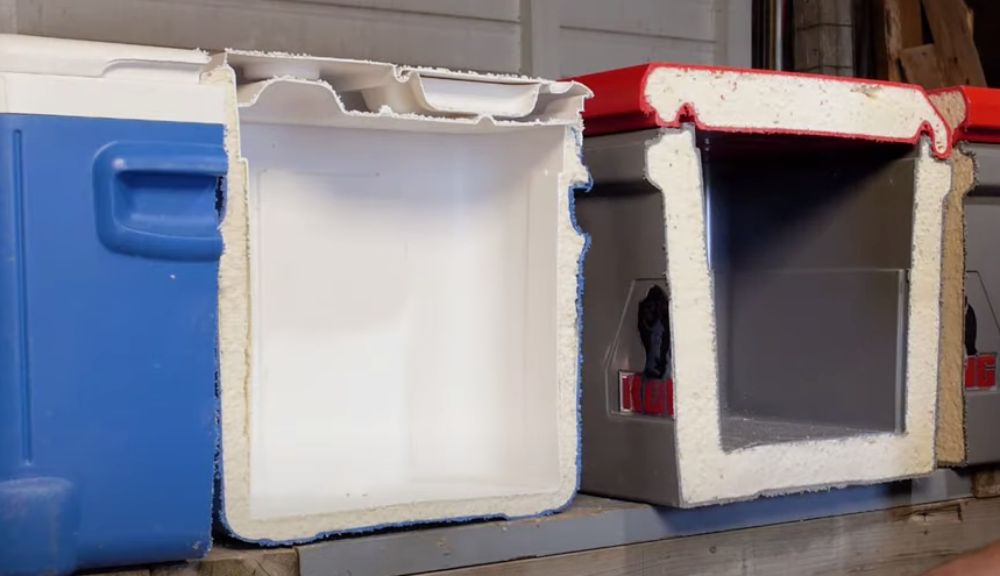
The primary reason coolers don't have insulation in the lid comes down to one primary factor: cost.
Before Yeti came along and reinvented the cooler market cooler manufacturers were in a race to the bottom. Each was competing to make a cheaper and cheaper cooler to sell to the masses.
One of the ways to save significant cost on a cooler is to make a lid without insulation.
The body of a cooler is made of 2 separate panels of plastic with insulation in between. But the lid is made from a single piece of blow moulded plastic.
Blow molding is a very cost effective way to make plastic containers so I would imagine the lid of a cooler would only cost cents in the way of plastic material.
The walls and based of a cooler are the most important parts to be insulated and they are connected to each other, so it makes sense to insulate these as one piece.
But the lid is separate, just connected by the hinges so I understand why companies choose not to insulate the lid to save on cost.
Making the lid empty also makes the cooler more lightweight which likely makes shipping more cost effective also and it's a plus to consumers who don't want a bulky heavy cooler.
Benefits of Having a Hollow Cooler Lid
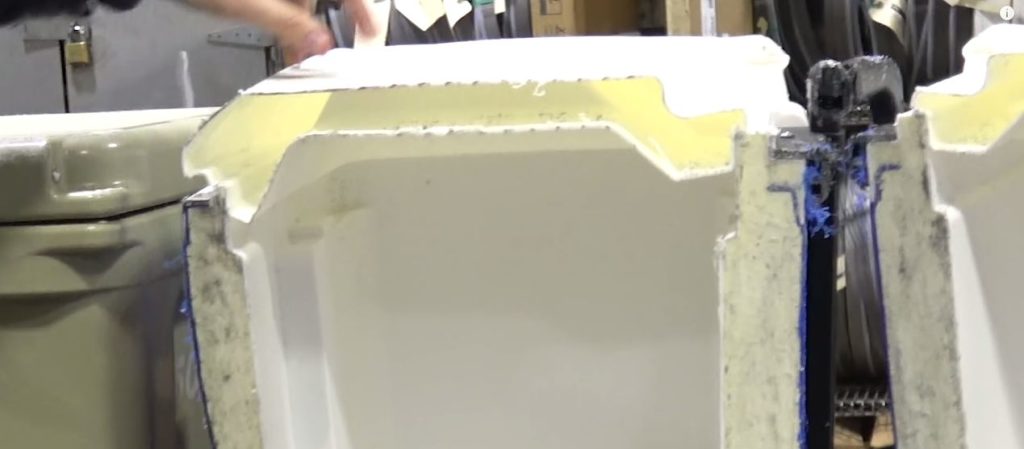
It's not all bad news that your cooler lid is completely empty. There are some benefits to having an empty cooler lid.
Cheaper Cooler
The first and most obvious benefit is the benefit to your pocketbook.
Because companies are able to make coolers more cost effectively they can pass those savings onto the consumer who in turn pay cheaper prices for their ice boxes.
Lightweight Cooler

Because there is no insulation to weight down the cooler the cooler is lighter weight and easier to carry.
I notice a HUGE difference between my Coleman cooler and my Yeti cooler. The Coleman cooler is light enough when empty to easily carry with one hand.
The Yeti cooler on the other hand is noticeably heavy even when empty. Once it's filled up then it can get extremely heavy to carry.
Still Good Enough
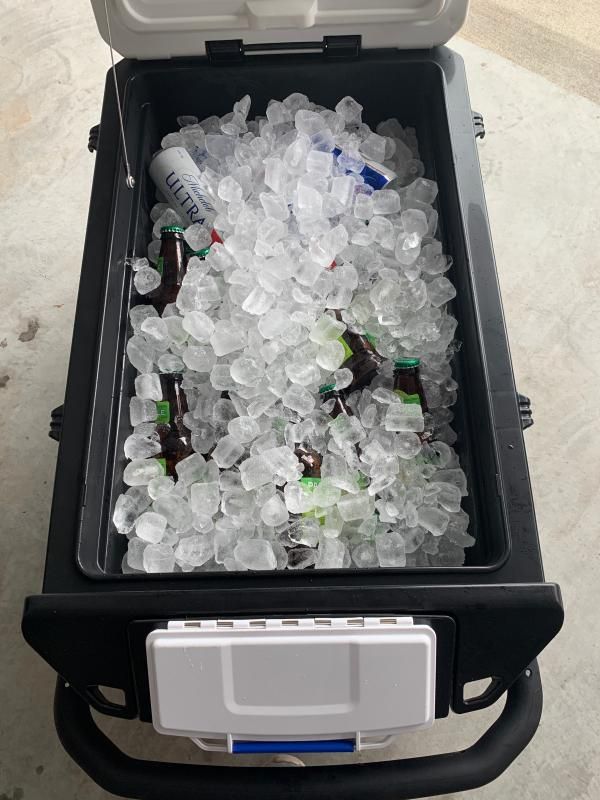
Depending on what you're using your cooler for the insulation and ice retention may be enough for the job.
If you need a cooler to hold ice for 2 weeks then sure you might want to get a cooler with THICK THICK insulation like the Kong Cooler which is by far the best cooler for holding ice.
But often a cooler with a hollow lid will be good enough for a beach adventure or backyard BBQ and it isn't worth spending extra on a more insulated cooler that holds ice for longer.
Downsides of Having a Hollow Cooler Lid
There are also a few downsides to have a cooler with a hollow lid.
Ice Melts Faster
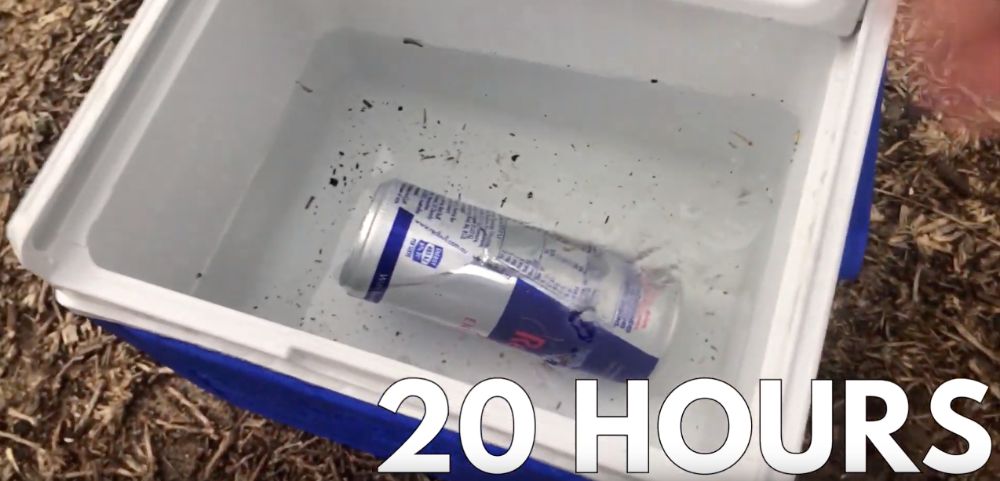
The most obvious downside is that the lack of insulation in the lid means that the ice in your cooler is going to melt faster.
Because the lid isn't insulated heat can more easily transfer into your cooler warming up your ice.
There are some things you can do to keep your cooler colder for longer, even if the lid isn't insulated, but a cooler with an insulated lid with almost always perform better.
Lid Isn't as Strong

A hollow list is more likely to bend or break when standing or sitting on it.
Insulation sets hard and adds strength to the lid of your cooler allowing you to sit or stand on it with great confidence.
How To Know If Your Cooler Lid is Hollow
If you're not sure whether or not your cooler lid is empty of full of insulation there are some things you can do to work out if your cooler lid is empty.
Tap On It
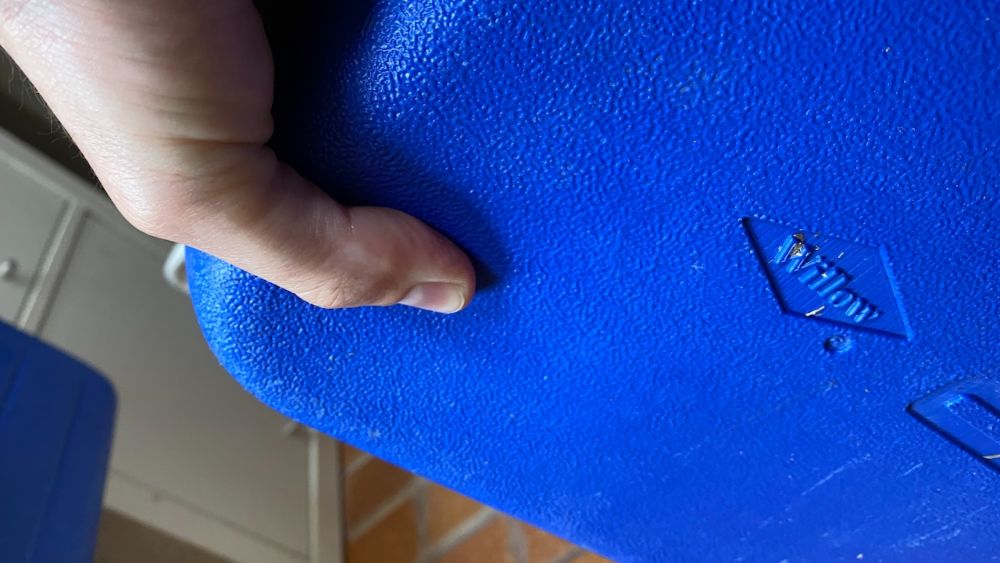
You can tap on the lid of your cooler with your finger or with a small hammer or tool.
Compare the sound it makes to the sound it makes when you hit the wall of your cooler. This can often tell you if it's hollow or full of insulation.
Compress It With Your Hands or Feet
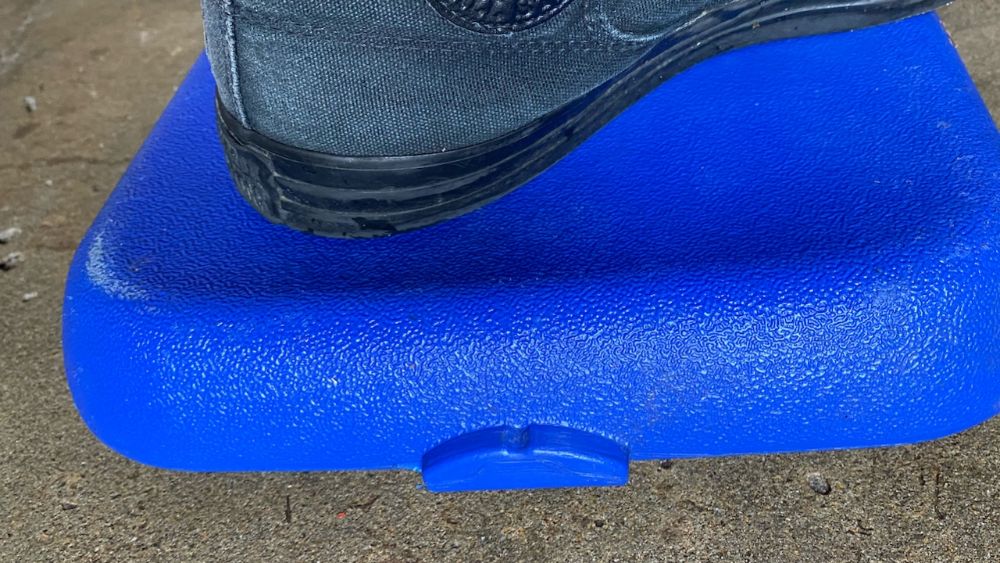
Don't use so much force that you'll permanently damage your cooler lid but use a little bit of force to press down on the lid.
If it compresses easily it's likely empty. Compare to how the sides of your cooler compress (or fail to compress) and if you can see a big difference your lid is likely empty.
Shine a Torch Through It
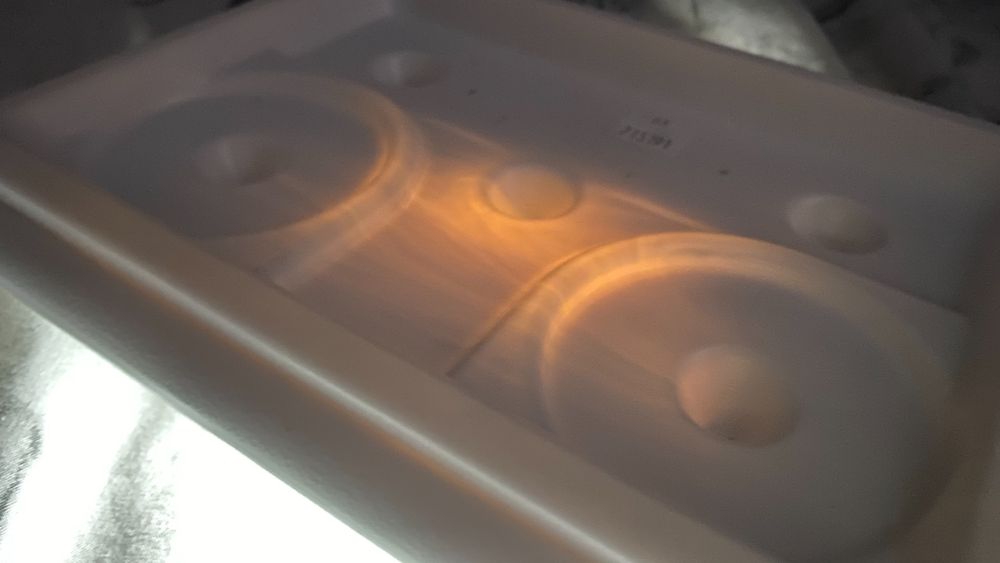
Go into a dark room and shine a torch through the lid of your cooler.
If the light shines through easily like it does in my cooler lid above then you know that it's completely empty.
Drill a Hole In It
If you plan to fill your cooler lid with insulation anyway and aren't worried about potentially damaging the lid then you can drill a hole in it.
Then you can see inside and see if there is insulation in there or not.
What Coolers Have Insulation In The Lid?
If you're wondering what coolers tend to have insulation in the lids and which coolers don't it's pretty simple.
Cheap lightweight coolers with thin insulation rarely if ever have insulation in the lid. More expensive and durable roto-molded coolers like Yeti almost always have insulation in the lid.
Usually just lifting up the lid and feeling the weight can tell you if a lid has insulation in it or if the lid is empty.
If the lid is heavy then it's full of insulation and the cooler should keep ice a long time. If this lid feels really light it's likely empty and just full of air without an insulating foam.
How To Insulate a Hollow Cooler Lid
There are multiple different ways you can insulate the lid of your cooler so that your cooler holds ice for a longer period overall.
I've done a full article on the many ways you can insulate your cooler so it holds ice longer but below are some of the best ways to insulate an empty cooler lid.
Spray Foam Insulation

The most common way to insulate an empty cooler lid is to fill it up with spray foam insulation.
To do this simply drill a few holes, spray the foam in and leave to dry. Once dry cut off excess foam that has spilled out and cover holes with silicone or something waterproof.
Not all spray foams are created equal though. You'll want to get a closed cell foam as open cell foams aren't as effective. The wrong foam can actually DECREASE the ice retention of your cooler.
I recommend this Loctite Big Gaps spray foam which is designed to fill large areas and has a high densisty insulating structure. A lot of people use “Great Stuff” but from the research I've done that doesn't seem to work as well.
See the latest price of the Loctite Big Gaps Spray Foam at Amazon
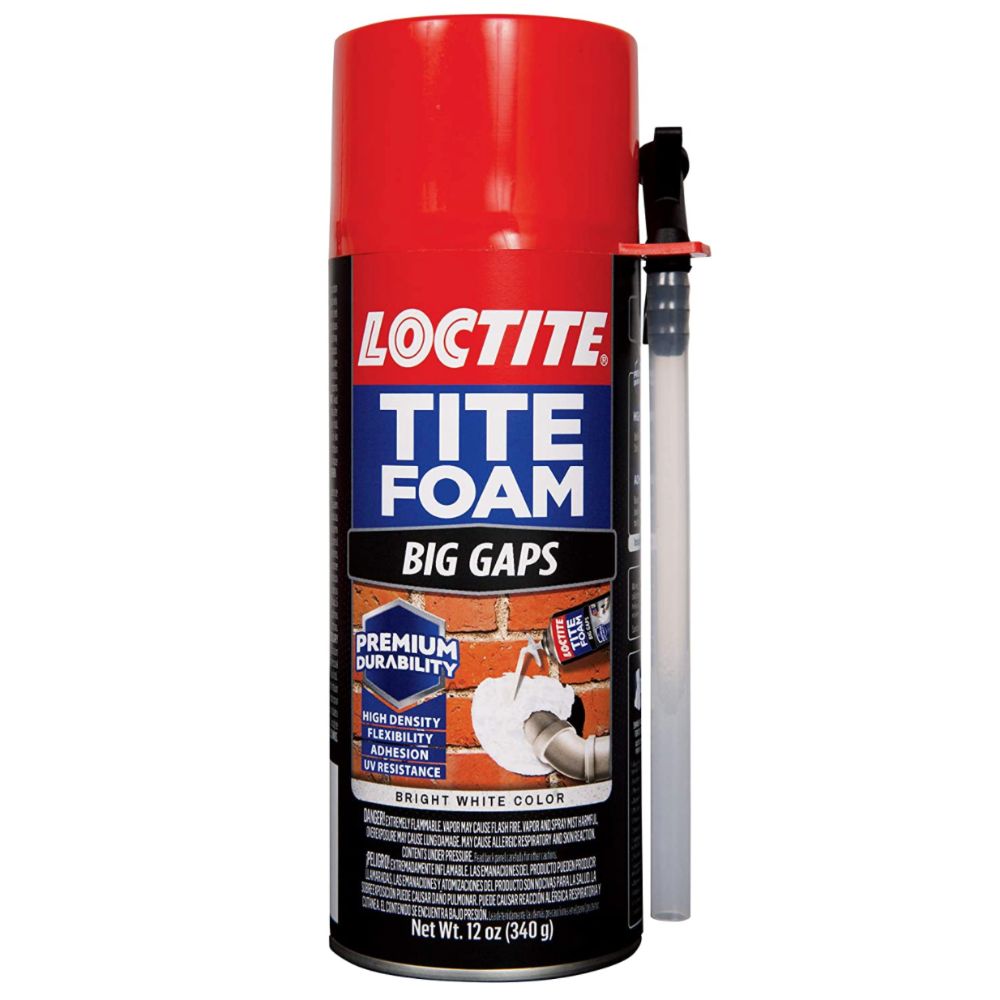
Loose Styrofoam Beads
If you've got an old bean bag and plenty of time on your hands with nothing better to do you could drill a hot in your cooler lid and insert those little styrofoam beads until it's completely full.
It won't work as well as a solid piece of styrofoam but it's work better than just air.
Styrofoam Insulation Board
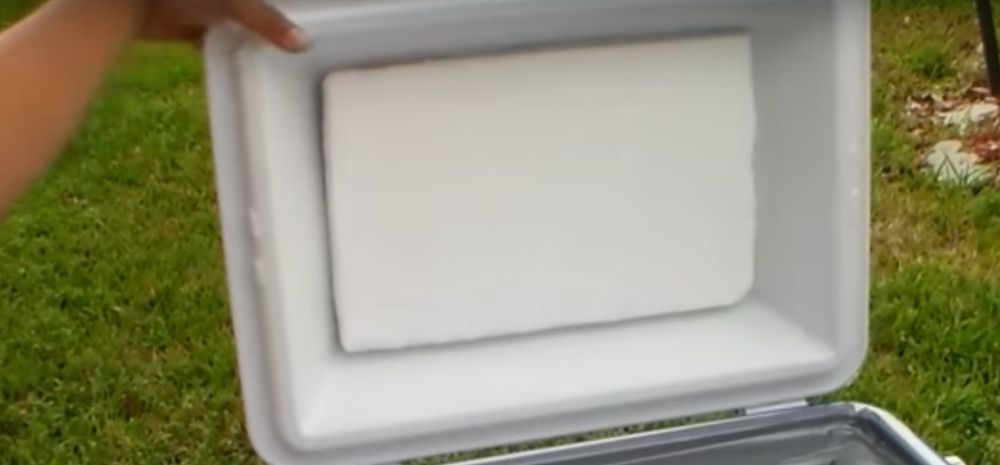
Most cooler lids have an indent on the inside and this is enough room to add some solid styrofoam board.
Cut the board to size and then glue to the lid of your cooler with superglue, liquid nails or some other adhesive.
Reflectix Insulation
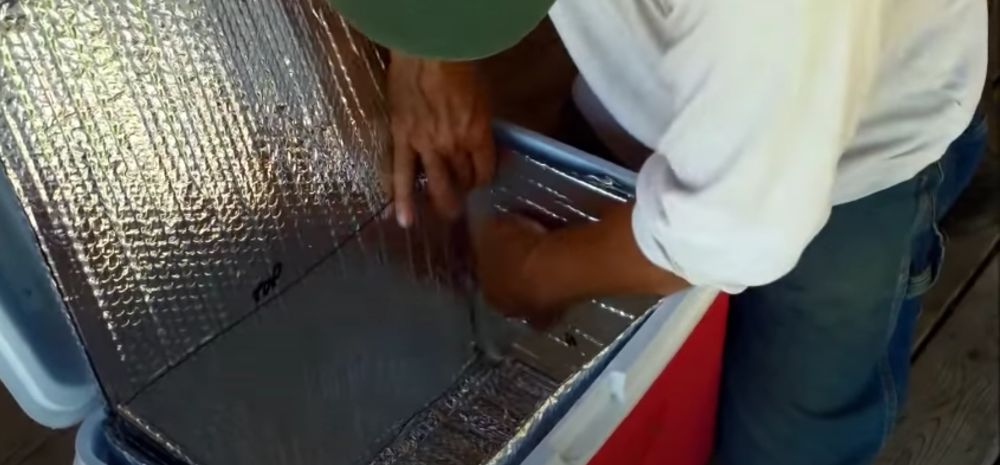
Double sided aluminum bubble foil insulation can be a great way to insulate both the lid and the sides of your cooler.
Stick to the inside of your lid, float on top of the lid of your cooler and make an entire inner cooler out of the stuff.
It's often called reflectix and it's fairly affordable and a great way to insulate your cooler so it holds ice longer.
Reflectix Cooler Cover
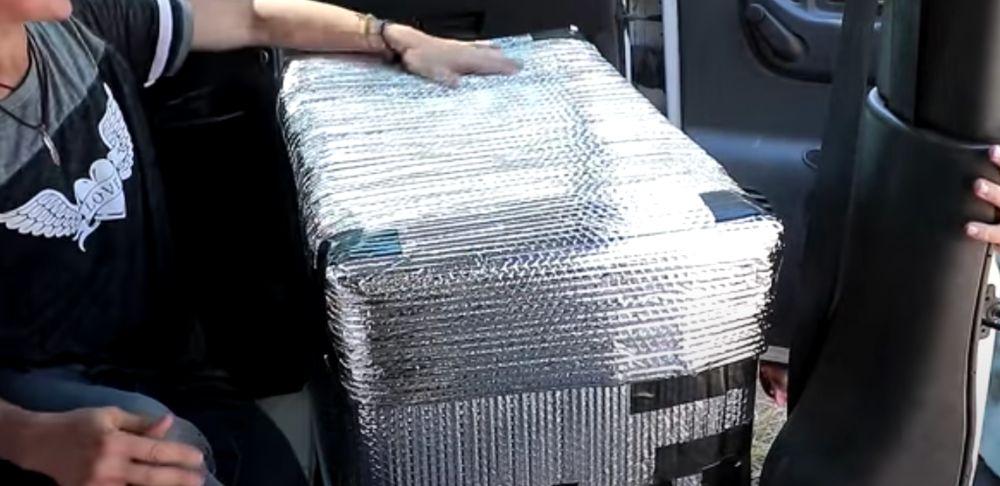
Instead of putting the reflectix on the inside of your cooler you can put it on the outside of your cooler an make an entire cover for it.
These are great if you're cooler is going to be in direct sunlight.
Foam Layer
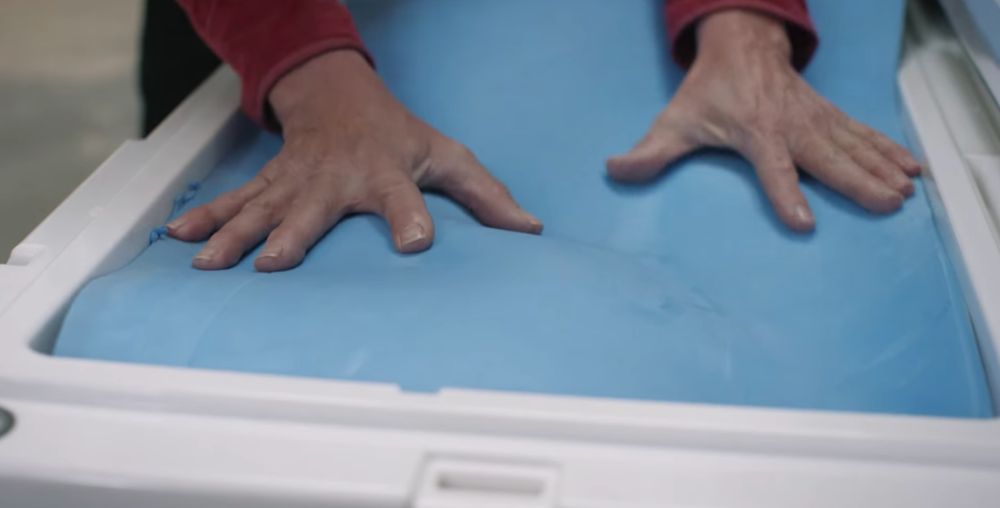
You can add a layer of the foam to the top of your cooler. This will help to keep out warm air and will make your ice last longer.




